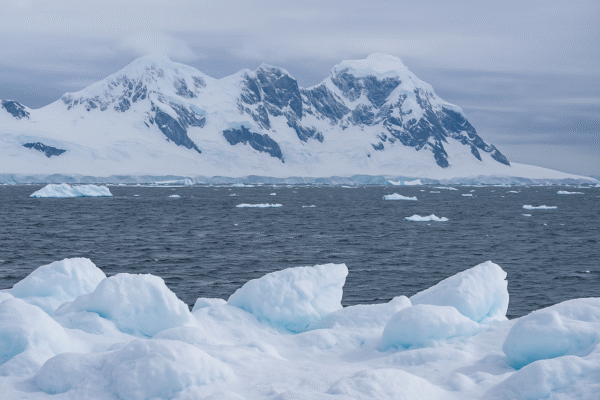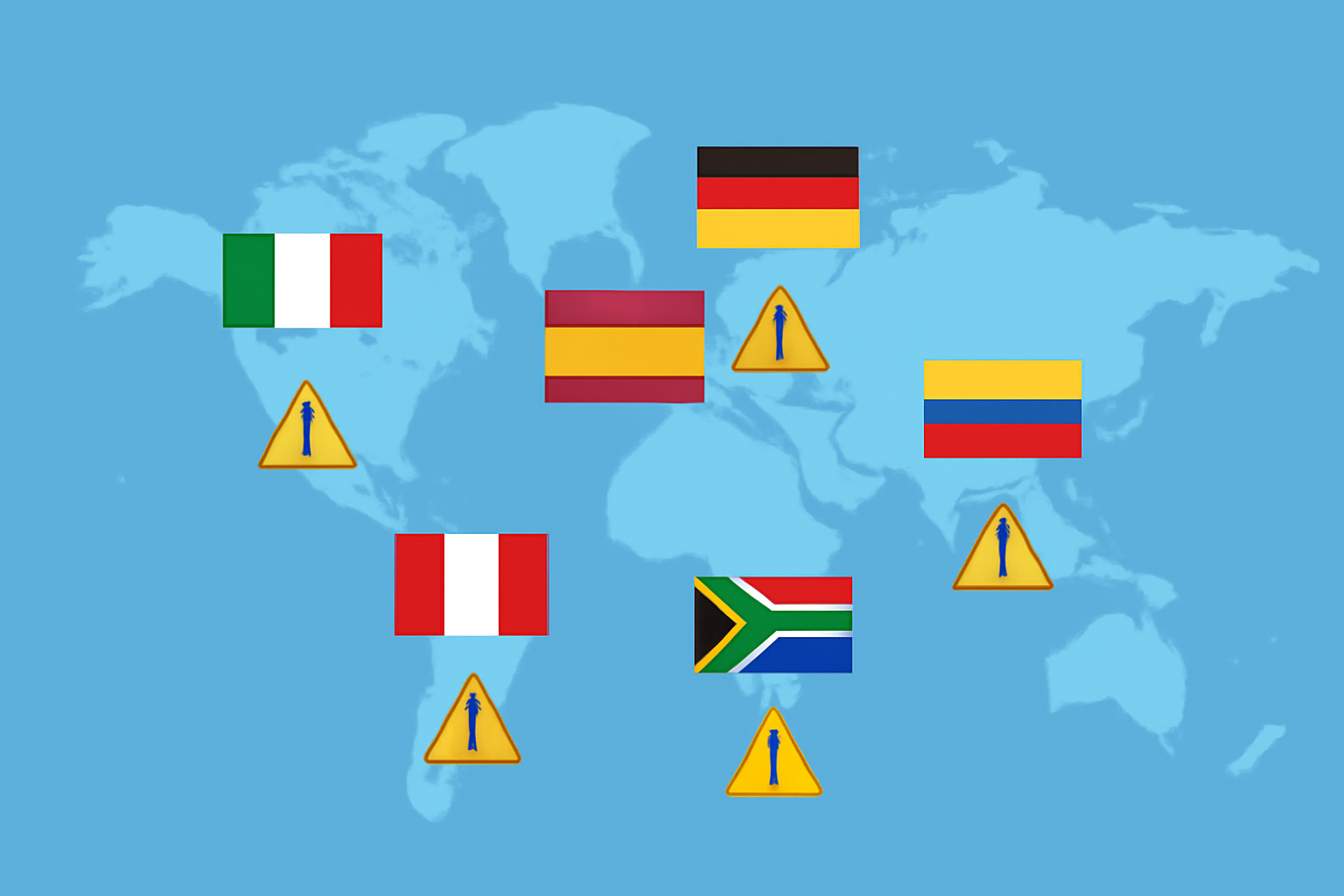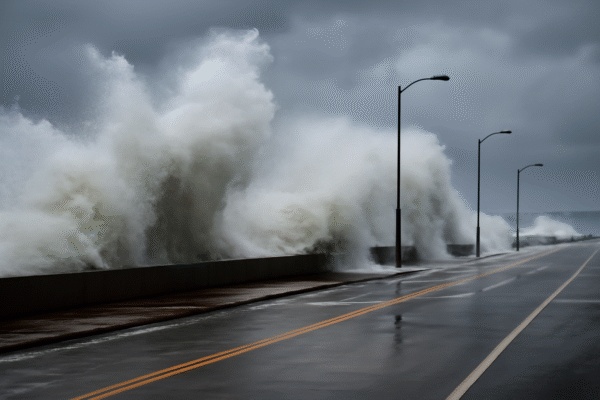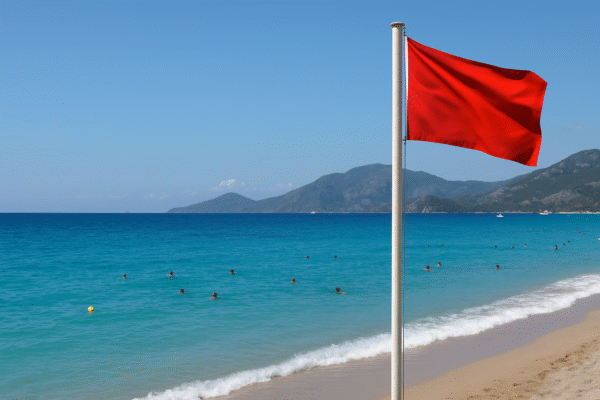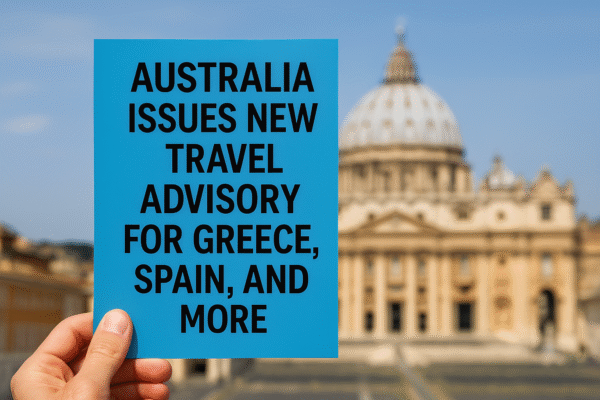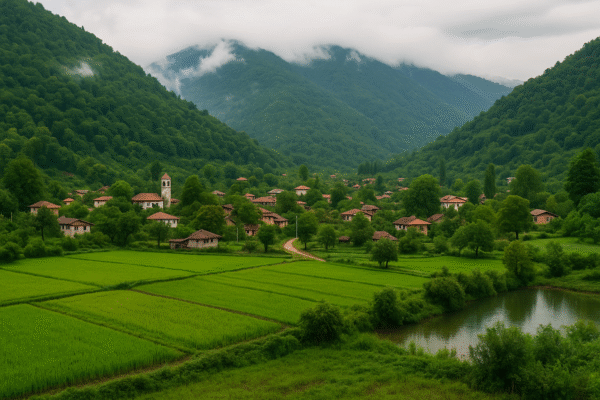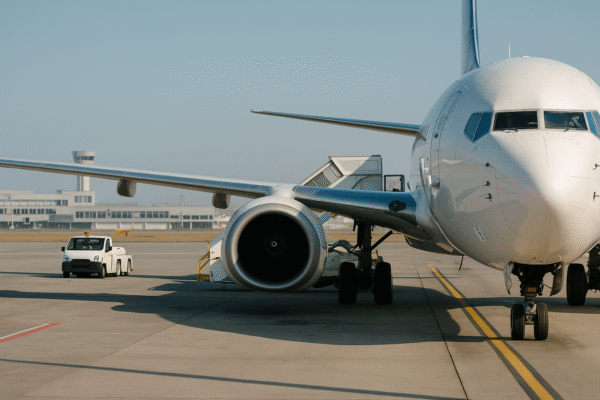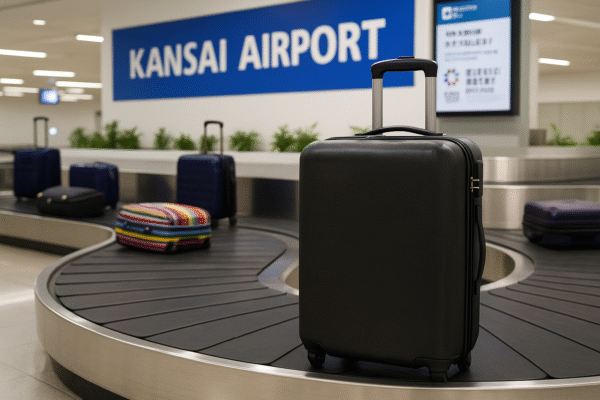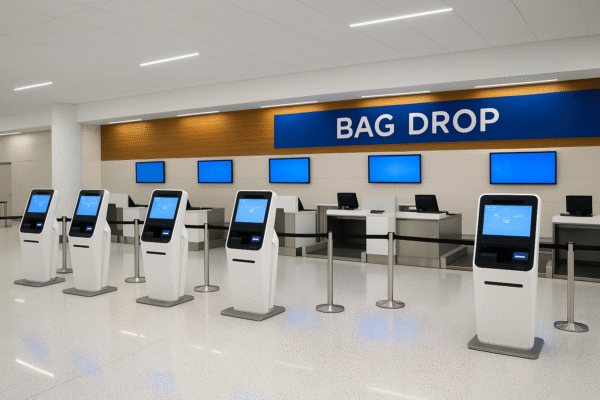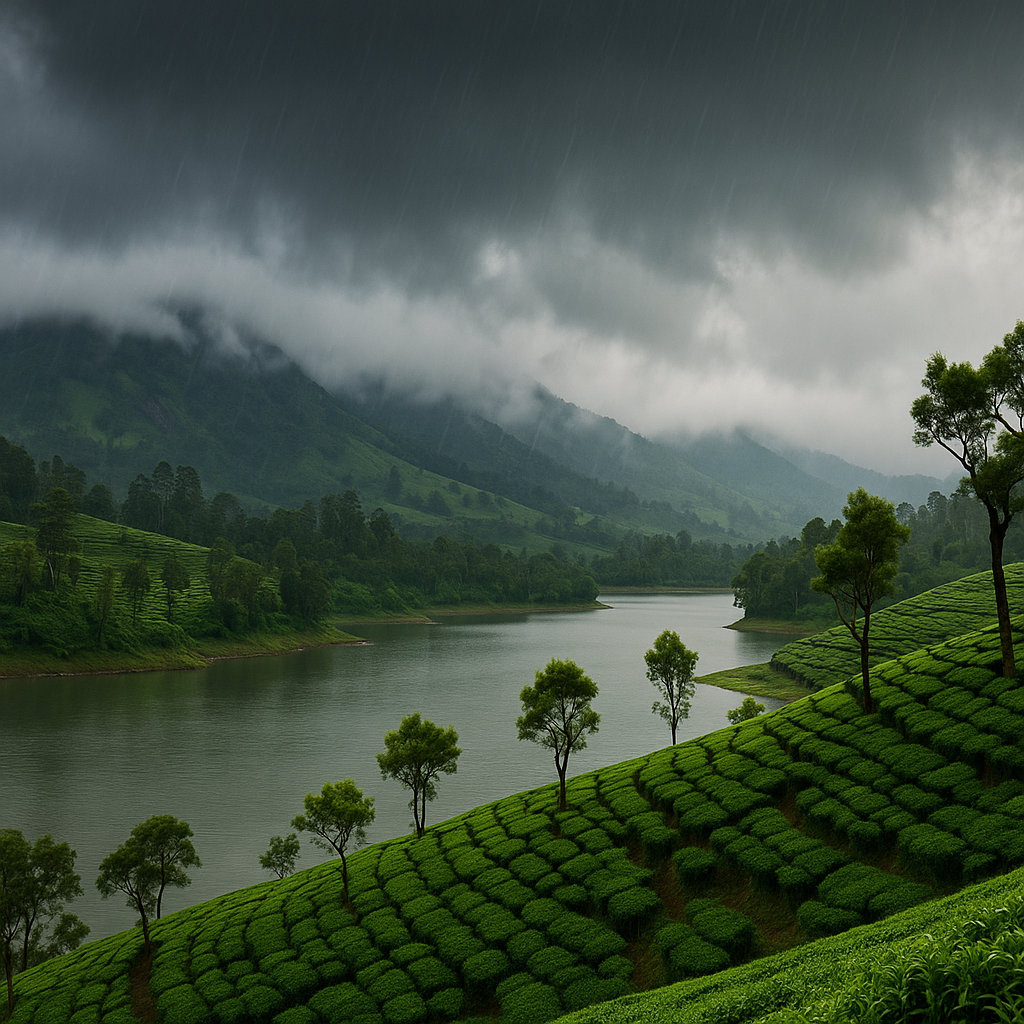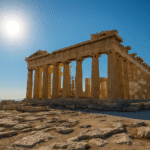India’s travel industry is transforming the June–September monsoon into a peak opportunity rather than an off-peak lull. Leading online travel platforms report nearly a 50% surge in monsoon-season bookings compared to last year, driven by younger travelers seeking immersive, budget-friendly getaways. Short itineraries under three days—often focused on nature and wellness—are emerging as the fastest-growing segment of rainy-season travel, signaling a major shift in consumer behavior during the rains.
Kerala: The Premier Monsoon Gateway
Among all monsoon gateways, Kerala stands unrivaled for its landscape diversity. Last year, the state welcomed over 22 million visitors even during peak rains, buoyed by early monsoon onset in late May that left hill stations, backwaters and spice plantations washed in vibrant greenery. Travel companies have noted a 25% year-on-year increase in Kerala bookings for July and August, underlining the state’s growing appeal as a monsoon destination.
Emerging Monsoon Gems Beyond Kerala
While Kerala leads the charge, other regions are staking their claim. Maharashtra’s hill stations—Lonavala, Matheran and Khandala—draw crowds to mist-clad hills and budget resorts. Goa’s hinterlands offer tranquil beaches and hidden waterfalls, even as coastal resorts run off-season discounts. The Northeast, especially Meghalaya and Assam, entices adventure travelers with living root bridges and roaring falls. Karnataka’s Coorg and Karnataka’s Chikmagalur continue to attract coffee enthusiasts keen on plantation stays in the rain.
Nature’s Dramatic Transformation
The monsoon rewrites Kerala’s scenery in real time. Tea gardens in Munnar glisten under shifting clouds, while Athirappilly and Meenmutty waterfalls thunder with renewed force. Backwaters expand into emerald canals fringed by coconut palms, the perfect backdrop for revamped houseboat cruises. Humid days enhance Ayurvedic treatments, making massages and herbal therapies especially restorative. Wildlife sanctuaries come alive too, as Periyar’s boat safaris reveal lush foliage and migratory birds.
Key Monsoon Gateways in Kerala
- Munnar: Iconic for rolling tea estates and misty mountain roads. Travelers should avoid the Kochi–Munnar ghat passes during heavy rains due to landslide risks.
- Alleppey Backwaters: Houseboat cruises run at up to 25% off compared to peak season, offering private dining on deck and guided village walks.
- Thekkady: Periyar Wildlife Sanctuary offers boat safaris on a mist-shrouded lake, with low-light sightings of elephants and otters.
- Wayanad: Known for spice plantations and hidden waterfalls; recent flash-flood alerts call for checking local advisories before planning treks.
Areas to Avoid & Safety Advisories
Despite the monsoon’s allure, several zones demand caution or outright avoidance:
- Low-lying Coastal Districts: Ernakulam, Thrissur and parts of Idukki face flooding and strong currents, making water sports and riverside stays risky.
- Ghat Road Passes: The hairpin bends around Munnar, Wayanad and Agumbe are prone to mudslides and roadblocks during heavy downpours.
- Unregulated River Swimming: Strong currents and rising water levels have led to accidents; travelers should only swim where lifeguards or local authorities permit it.
Innovative Marketing & Safety Measures
Kerala’s tourism board has rolled out creative campaigns to spotlight the monsoon. A viral social-media visual featuring an F-35 fighter jet “reluctant to leave” Kerala’s rainy beauty drove strong engagement, while “Monsoon Safety Trail” audits at 64 key sites bolstered traveler confidence. Local operators now display color-coded weather flags and daily rainfall bulletins, integrating real-time updates into booking platforms.
Off-Season Revenue Surge
Flash sales by MakeMyTrip and Cleartrip, offering up to 50% off hotels and experiences, have fueled the monsoon booking boom. Hotel chains report occupancy rates peaking near 75% in July, with average daily room rates up 8% year-on-year. Industry analysts forecast 8–10% revenue growth for the hospitality sector in FY2025, attributing a significant share to monsoon-season demand.
Ayurvedic Monsoon Wellness
The Ayurvedic season of Karkidaka Chikitsa—traditionally timed to the rains—has sparked renewed interest in holistic retreats. Panchakarma packages, herbal steam therapies and rice-based diets are sold out through August at leading centers, anticipating a 30% rise in wellness tourism. Travelers cite the combination of cooler temperatures and high humidity as ideal for detoxification and skin treatments.
Community-Driven & Sustainable Travel
Eco-tourism villages like Kumbalangi have emerged as models for sustainable monsoon travel. Homestays here immerse guests in local life, from coir weaving workshops to backwater tours that showcase bioluminescent plankton. Spice plantation homestays in Thekkady and Wayanad now provide guided spice-processing demonstrations, meeting growing demand for authentic, low-impact experiences.
Essential Tips for a Safe Monsoon Journey
Pack a lightweight rain jacket, waterproof bags for electronics, and sturdy trekking shoes. Always carry a portable charger and extra SIM data for weather alerts. Secure comprehensive travel insurance covering weather disruptions, and book accommodations with flexible cancellation policies. Check daily forecasts from the Indian Meteorological Department app and adhere strictly to red-flag advisories before venturing into backwaters or mountain passes.
With prudent planning, India’s monsoon gateways — led by Kerala’s dramatic landscapes and industry-driven innovations — offer a compelling, off-season opportunity for both travelers and tourism businesses. Embracing the rains not only unlocks unique experiences but also sustains local economies during what was once considered a slowdown.
Read more stories on escapades- follow Global Travel Wire.
Disclaimer: This image is AI generated and may bear no resemblance with actual fact or images.



